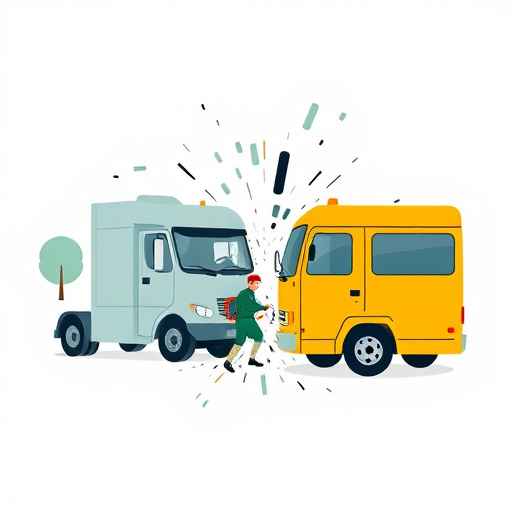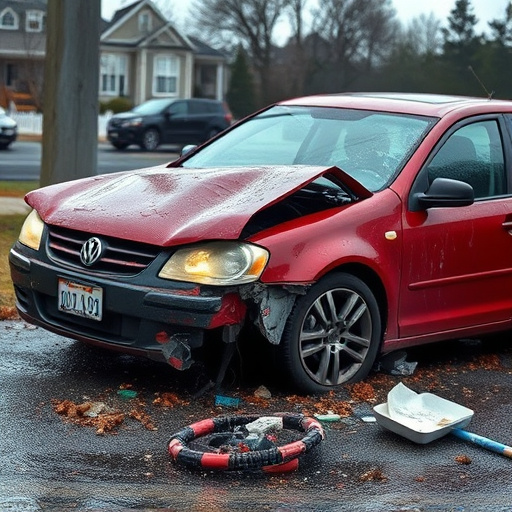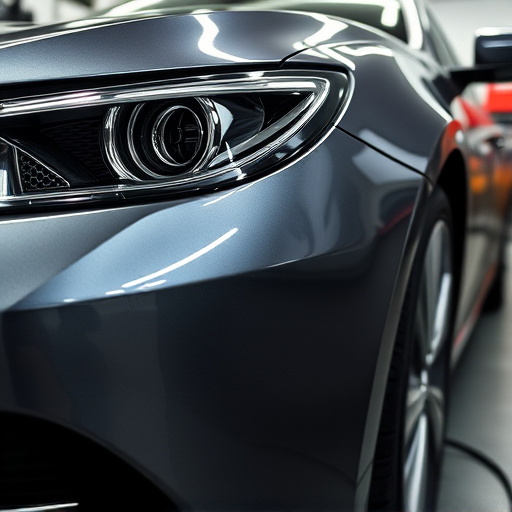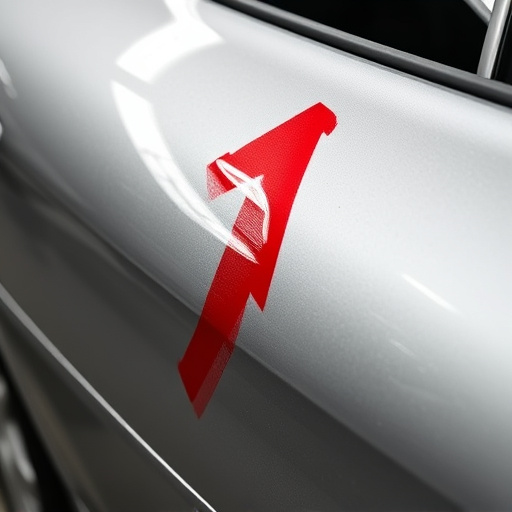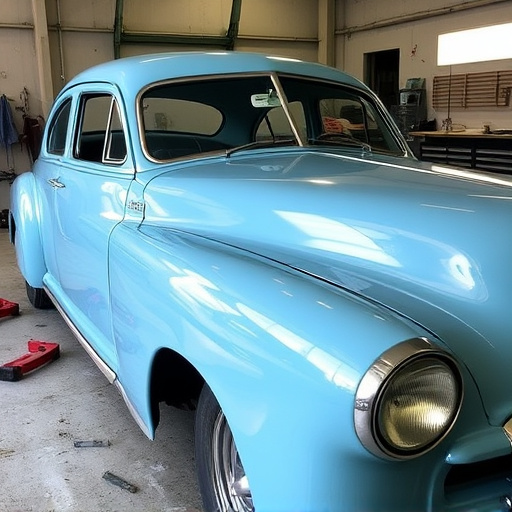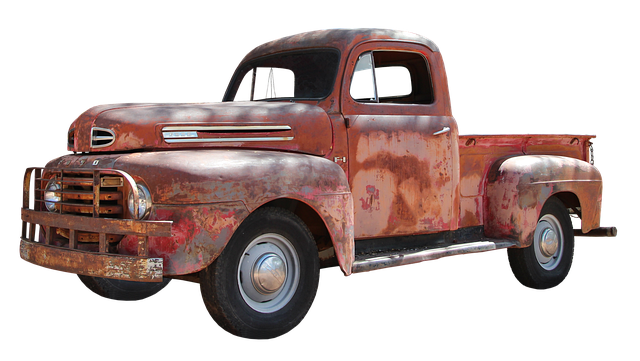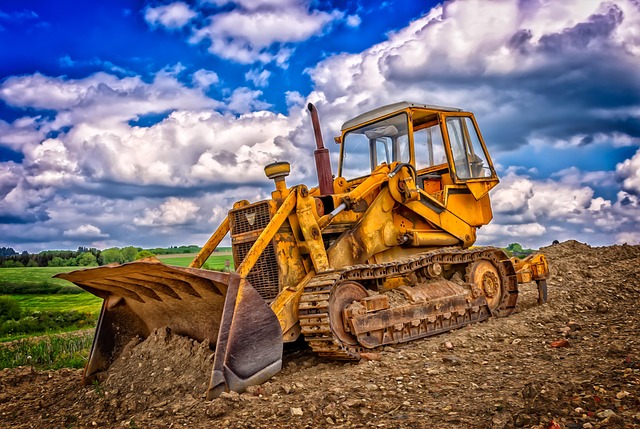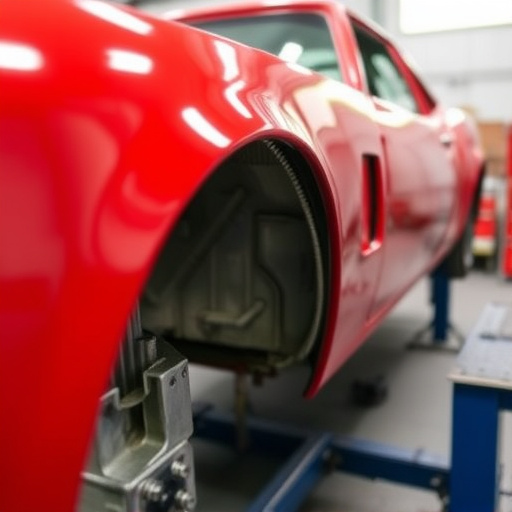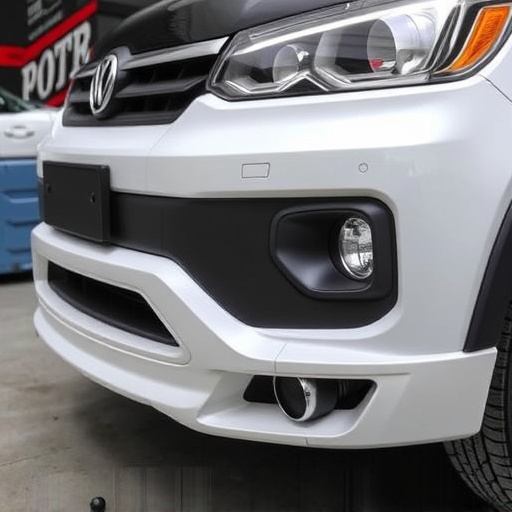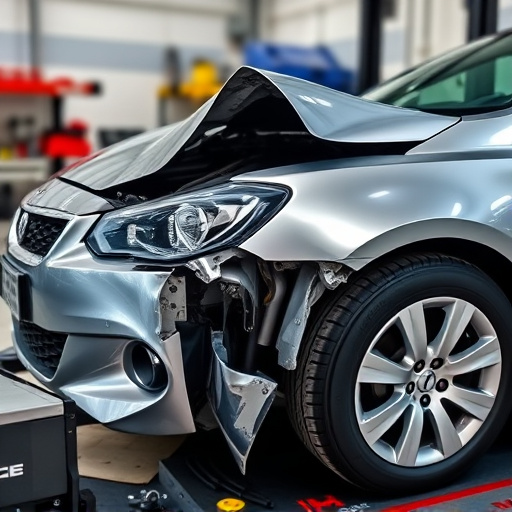Showroom quality restoration goes beyond aesthetics, aiming to return vehicles to pre-incident condition with meticulous attention to detail. It involves advanced techniques, authentic materials, and precise matching of original specifications to maintain or increase market value. Auto body experts must skillfully recreate seamless finishes, from paint colors to interior trims, setting top-tier shops apart and delivering flawless results comparable to new. This rigorous process requires specialized skills, equipment, and ongoing maintenance protocols to ensure optimal condition and preserve the vehicle's original appearance.
In the realm of restoration work, achieving showroom quality is paramount for preserving history while meeting modern standards. This article delves into the intricate process of matching original specs as a cornerstone of successful restoration. From understanding the concept of showroom quality restoration to exploring the benefits and challenges of precise specifications, we uncover why this approach sets the standard for excellence. By the end, you’ll grasp the significance of maintaining authenticity through meticulous attention to detail.
- Understanding Showroom Quality Restoration: Setting the Standard
- The Role of Matching Original Specs in Achieving Perfection
- Benefits and Challenges: Ensuring Accuracy Throughout the Process
Understanding Showroom Quality Restoration: Setting the Standard
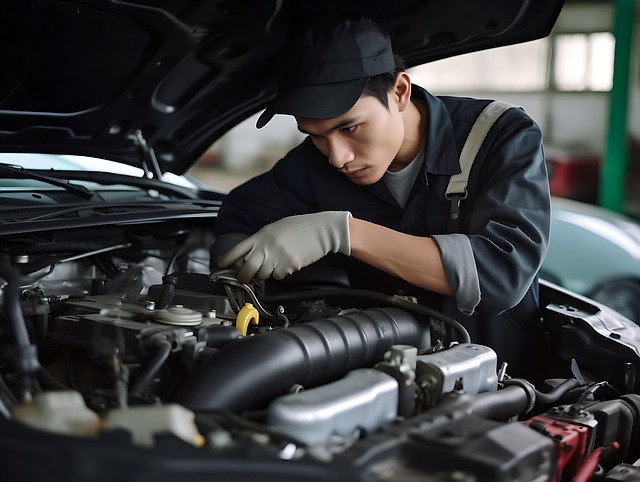
In the realm of restoration work, achieving showroom quality is not merely an aesthetic goal but a standard that ensures vehicles return to their pre-incident condition, if not surpassing it. This meticulous process involves not just repairing damage but also recreating the original specifications and finishes, down to the finest detail. A showroom quality restoration aims to restore not only the physical aspects of a vehicle but also its value and market appeal.
Setting the standard for showroom quality restoration requires a blend of advanced techniques and authentic materials. In the case of auto body painting and car body repair, professionals must possess the skills to match original colors precisely, ensuring no visible patches or discrepancies. This level of craftsmanship is essential in creating a seamless, flawless finish that commands attention upon inspection. A car body shop striving for showroom quality sets itself apart by delivering vehicles that look as if they’ve never seen a scratch, dent, or repair—a testament to the art and science behind restoration work.
The Role of Matching Original Specs in Achieving Perfection

In the pursuit of achieving showroom quality restoration, matching original specs plays a pivotal role. It involves meticulously recreating or restoring an item to its exact specifications as designed by the manufacturer. This isn’t merely about aesthetics; it’s a science that ensures functionality and longevity. Every detail, from dimensions to material composition, must align precisely with the original.
Imagine a car body repair process where each panel is replaced with exact duplicates crafted from identical materials. This level of precision ensures that the restored vehicle not only looks like new but also behaves as it should, both in terms of performance and safety. The same principle applies to auto collision centers and auto bodywork—every piece must fit seamlessly, from door handles to interior trims, guaranteeing a flawless result that meets or exceeds original standards.
Benefits and Challenges: Ensuring Accuracy Throughout the Process
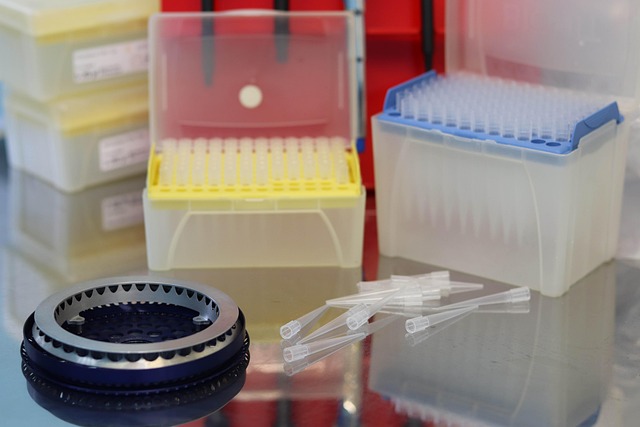
Achieving showroom quality restoration requires meticulous attention to detail, especially when ensuring accuracy throughout the process. One of the key benefits is the preservation of the vehicle’s original aesthetics and value. By matching original specs, restorers can create a seamless blend that matches the make, model, and year precisely, resulting in an immaculate finish comparable to new. This level of precision is crucial for satisfying demanding owners who seek not just repair but a flawless recreation of their vehicle’s original condition.
However, navigating this level of accuracy presents challenges. Vehicle dent repair and auto frame repair demand specialized skills and equipment to replicate the subtle nuances of factory-built components. Restorers must possess in-depth knowledge or access expert resources to match paint colors, textures, and finishes perfectly. Moreover, auto maintenance protocols, including regular cleaning and coating applications, play a vital role in maintaining this accuracy, ensuring that the restored vehicle not only looks original but remains in optimal condition over time.
In pursuit of a flawless showroom quality restoration, meticulously matching original specs is paramount. This meticulous approach ensures not just visual accuracy but also preserves the historical integrity of the restored item. By aligning with precise specifications, restorers can create a harmonious blend of past and present, ensuring that each piece tells its unique story while meeting modern standards. Embrace this method to achieve exceptional results in every restoration project.

